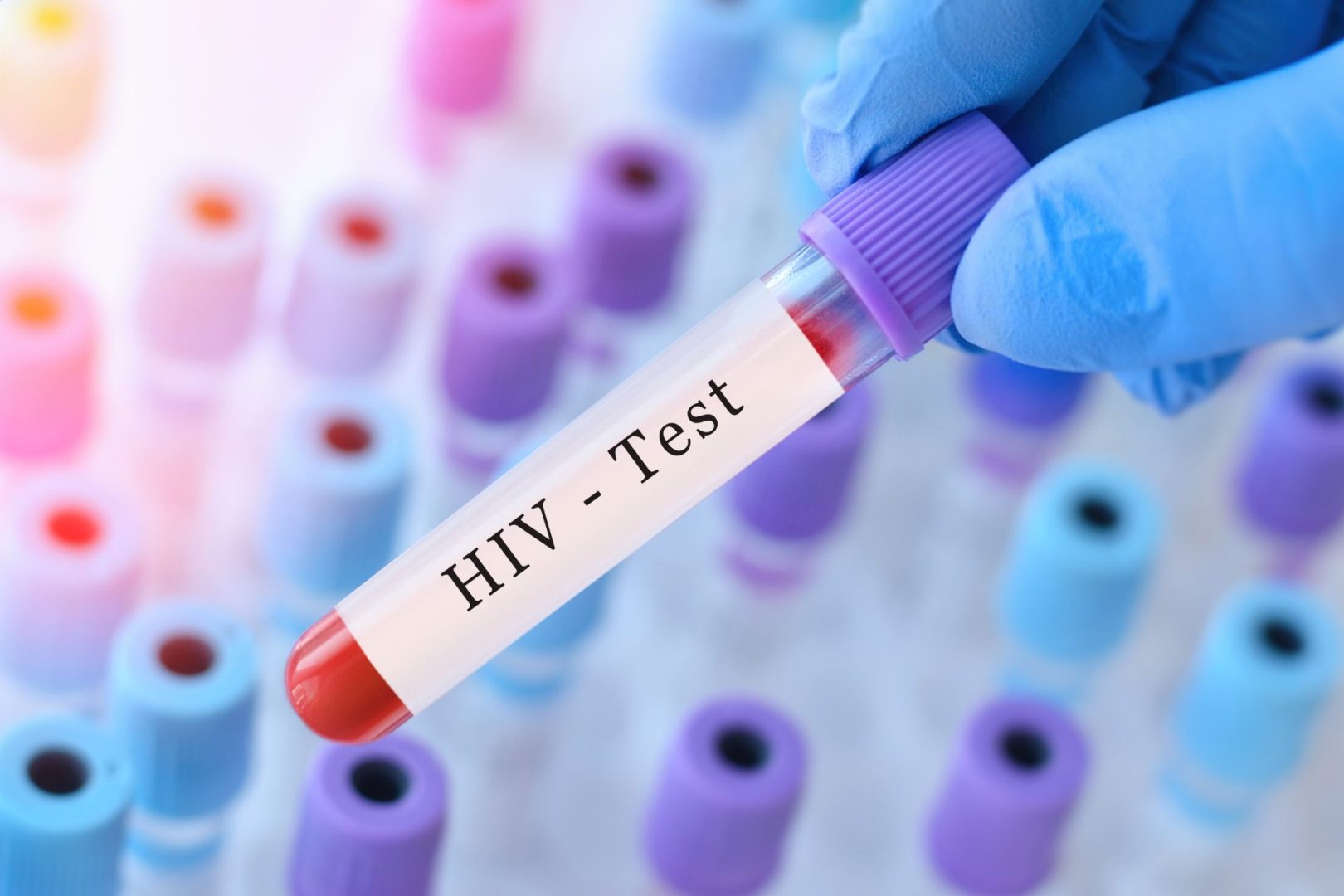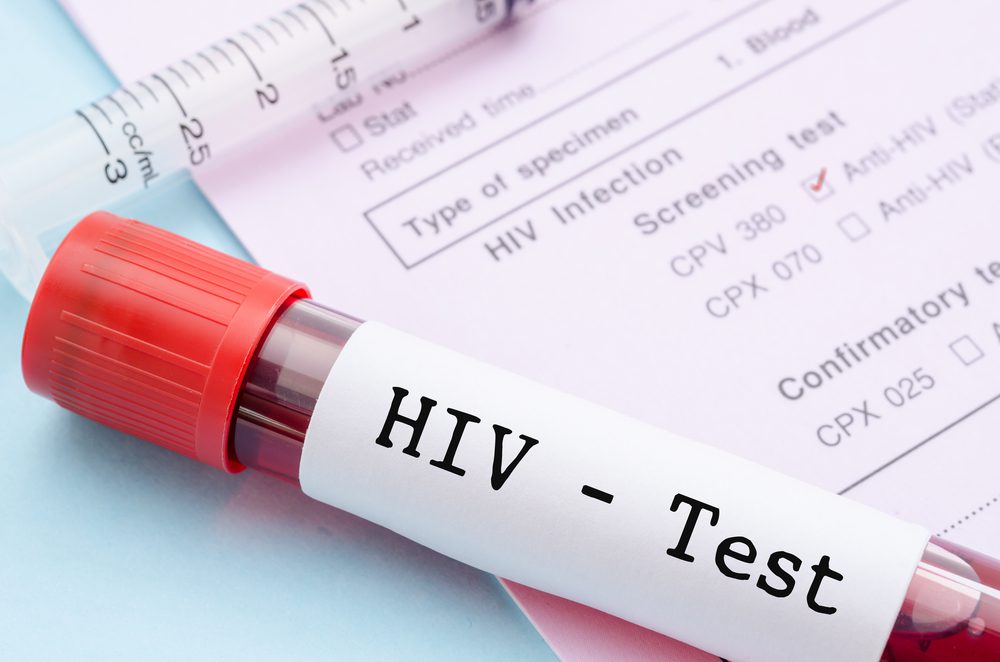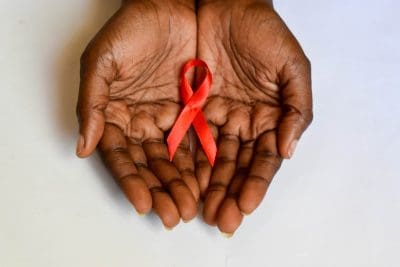Receiving a non-reactive HIV test result brings immense relief for most people, but understanding what this outcome truly means requires more than a simple celebration. While a negative result generally indicates excellent news about your health status, the complexities of HIV testing demand deeper knowledge to ensure you’re making informed decisions about your ongoing health and safety.
The landscape of HIV testing has evolved dramatically over the past decades, with modern testing methods offering unprecedented accuracy and faster results than ever before. However, the biological realities of how the human immunodeficiency virus interacts with our immune system create unique challenges that every sexually active adult should understand, regardless of their perceived risk level.
Medical professionals emphasize that HIV testing represents just one component of comprehensive sexual health management. The virus affects millions of people worldwide, and understanding test results empowers individuals to make educated choices about their health care, relationships, and lifestyle decisions moving forward.
Understanding what non-reactive results actually indicate
A non-reactive HIV test result means your blood, saliva, or urine sample showed no detectable presence of HIV antigens or antibodies at the time of testing. This outcome typically suggests one of two primary scenarios that require different approaches to your ongoing health management.
The first and most common scenario indicates that HIV is not present in your system. Your immune system has not encountered the virus, and no infection has occurred. This result reflects the effectiveness of whatever prevention strategies you’ve been using and suggests you can continue your current approach to sexual health and safety.
The second possibility involves testing too early after potential exposure, before your immune system has produced sufficient antibodies or antigens for detection. This timing issue, known as testing during the window period, can create misleading results that provide false reassurance about your HIV status.
Modern HIV tests have become remarkably sophisticated, utilizing advanced laboratory techniques to detect even minimal traces of HIV-related markers in biological samples. The Abbott Architect HIV Ag/Ab Combo test, for example, can identify both HIV antibodies and the p24 antigen, significantly reducing the window period compared to older testing methods.
The Alere Determine HIV-1/2 Ag/Ab Combo rapid test offers results within 20 minutes, making testing more accessible and convenient for routine screening. These technological advances have revolutionized HIV testing, but they haven’t eliminated the fundamental challenge of the window period.
The critical importance of timing in HIV testing accuracy
The window period represents one of the most misunderstood aspects of HIV testing, yet it’s crucial for interpreting your results accurately. This timeframe varies depending on the specific test used, your individual immune response, and other biological factors that influence antibody production.
Third-generation HIV tests, which detect antibodies only, typically have a window period of 3 to 12 weeks after exposure. The OraQuick In-Home HIV Test, available for at-home use, falls into this category and provides results in about 20 minutes using oral fluid samples.
Fourth-generation tests like the BioPlex 2200 HIV Ag-Ab detect both antibodies and antigens, reducing the window period to approximately 2 to 6 weeks. These combination tests represent the current standard of care in most medical facilities because they can identify infections earlier than antibody-only tests.
The most advanced testing option, HIV RNA PCR testing, can detect the virus itself within 10 to 14 days after exposure. The Aptima HIV-1 RNA Qualitative Assay exemplifies this technology, though it’s typically reserved for specific situations due to higher costs and complexity.
Understanding these timeframes helps explain why healthcare providers may recommend retesting even after a negative result, particularly if you’ve had potential exposure within the relevant window period for your specific test type.
7 crucial factors that determine when retesting becomes necessary
Several specific circumstances warrant serious consideration of HIV retesting, regardless of your previous negative results. These situations reflect increased risk levels that medical professionals have identified through extensive research and clinical experience.
1. Recent unprotected sexual contact with someone of unknown HIV status
Engaging in vaginal or anal intercourse without barrier protection creates the highest risk for HIV transmission. The Centers for Disease Control and Prevention data shows that receptive anal sex carries the greatest transmission risk, followed by insertive anal sex and receptive vaginal intercourse.
2. Sexual activity with a partner who has disclosed their HIV-positive status
Even with this knowledge, transmission risk varies significantly based on your partner’s viral load, treatment adherence, and the specific sexual activities involved. Partners with undetectable viral loads through consistent treatment have effectively no risk of transmitting HIV sexually.
3. Sharing injection equipment for drug use
Needle sharing creates direct blood-to-blood contact, representing one of the most efficient HIV transmission routes. Even sharing other injection equipment like cookers, cotton, or rinse water can pose transmission risks.
4. Presence of other sexually transmitted infections
STIs like syphilis, gonorrhea, chlamydia, herpes, and hepatitis B or C can increase HIV susceptibility by creating inflammation and open sores that provide easier viral entry points. The Venereal Disease Research Laboratory test for syphilis and Nucleic Acid Amplification Tests for gonorrhea and chlamydia help identify these co-infections.
5. Multiple sexual partners since your last testing
Increased partner numbers statistically elevate exposure risks, particularly when partner histories remain unknown. This factor becomes especially relevant in communities with higher HIV prevalence rates.
6. Engaging in transactional sex
Sex work and trading sex for money, drugs, or other necessities often occurs in circumstances with reduced negotiating power for safer sex practices, potentially increasing transmission risks.
7. Recent tattoos or piercings with potentially contaminated equipment
While properly sterilized equipment poses minimal risk, unlicensed facilities or informal settings may use inadequately cleaned instruments that could transmit bloodborne pathogens including HIV.
How modern HIV testing technology delivers accurate results
Contemporary HIV testing employs sophisticated laboratory techniques that have transformed diagnostic accuracy and speed. Understanding these methods helps appreciate both their capabilities and limitations.
The enzyme-linked immunosorbent assay, commonly known as ELISA, serves as the foundation for most HIV screening tests. The Bio-Rad Laboratories GS HIV Combo Ag/Ab EIA represents a widely used example that detects both HIV antibodies and the p24 antigen in a single test.
When initial screening tests show reactive results, confirmatory testing using the Geenius HIV 1/2 Supplemental Assay or similar technologies provides definitive diagnosis. These confirmatory tests use different methodologies to eliminate false positive results and ensure diagnostic accuracy.
Rapid testing options like the Chembio DPP HIV 1/2 provide results within 15 minutes, making testing more accessible in community settings, emergency departments, and areas with limited laboratory infrastructure. These point-of-care tests maintain high accuracy while dramatically improving testing convenience.
Home testing kits, including the Home Access HIV-1 Test System, allow completely private testing with laboratory-quality results. These options have expanded testing access for individuals who might otherwise avoid clinical settings due to stigma or accessibility concerns.
Evidence-based strategies for HIV prevention and risk reduction
Prevention remains the most effective approach to HIV management, with multiple proven strategies available to reduce transmission risks significantly. Modern prevention methods offer options suitable for various lifestyles and risk profiles.
Pre-exposure prophylaxis, commonly called PrEP, involves taking Truvada or Descovy daily to prevent HIV infection. When taken consistently, PrEP reduces sexual transmission risk by approximately 99% and injection-related transmission by about 74%.
Post-exposure prophylaxis, known as PEP, provides emergency prevention when started within 72 hours after potential exposure. The standard PEP regimen typically includes Truvada plus Isentress taken for 28 days, though specific medications may vary based on individual circumstances.
Consistent condom use remains one of the most accessible and effective prevention methods. Latex condoms reduce HIV transmission risk by approximately 80% when used correctly and consistently. Polyurethane condoms offer similar protection for individuals with latex allergies.
Treatment as prevention represents a revolutionary approach where HIV-positive individuals achieving undetectable viral loads through consistent medication adherence cannot transmit the virus sexually. This concept, known as U=U (Undetectable = Untransmittable), has transformed prevention strategies for serodiscordant couples.
Building comprehensive sexual health management strategies
Effective HIV prevention integrates seamlessly with broader sexual health practices that address multiple aspects of well-being and risk reduction. This holistic approach provides maximum protection while supporting overall health and relationship satisfaction.
Regular STI screening forms the foundation of comprehensive sexual health management. The Quest Diagnostics STI panel tests for multiple infections simultaneously, providing efficient and thorough screening. Treating other STIs promptly reduces HIV susceptibility and prevents complications.
Open communication with sexual partners about testing history, HIV status, and prevention preferences creates opportunities for informed decision-making about risk reduction strategies. Many couples find that regular testing together strengthens trust and intimacy while prioritizing mutual health.
Healthcare provider relationships enable personalized risk assessment and prevention planning. Providers can evaluate individual risk factors, recommend appropriate testing schedules, and prescribe prevention medications when beneficial.
Mental health support addresses the anxiety and stress that often accompany HIV testing and risk assessment. Many communities offer counseling services specifically designed for individuals navigating sexual health concerns and HIV prevention.
Long-term health monitoring and maintenance strategies
Maintaining negative HIV status requires ongoing attention to risk factors, regular testing schedules, and adaptive prevention strategies that evolve with changing life circumstances. This long-term approach ensures continued protection and peace of mind.
Establishing regular testing schedules based on individual risk factors helps maintain current knowledge of HIV status. High-risk individuals may benefit from testing every three to six months, while others might test annually or when circumstances change.
Staying informed about emerging prevention technologies and updated testing methods ensures access to the most effective protection strategies available. Research continues advancing both prevention and testing options, with new developments regularly improving effectiveness and convenience.
Community support networks provide valuable resources for ongoing education, motivation, and practical assistance with prevention strategies. Many cities offer support groups, educational programs, and peer counseling specifically focused on HIV prevention and sexual health management.
The journey of maintaining HIV-negative status involves ongoing education, risk assessment, and proactive health management. Understanding what your negative test results mean empowers you to make informed decisions about your health while maintaining the protection that’s kept you safe. Regular testing, combined with appropriate prevention strategies and open healthcare communication, provides the foundation for long-term sexual health and overall well-being.












